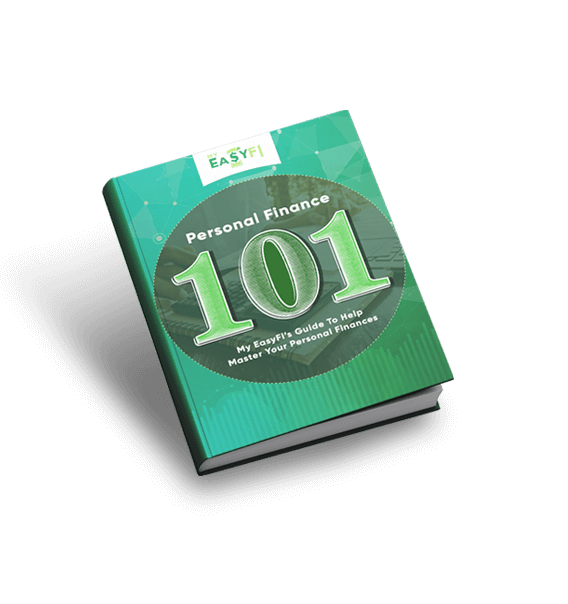Think it’s time to eat healthy on a budget? Explore the excitingly cheap meal tips to maintain the health of your gut and wallet.
Healthy eating has several benefits, but what restricts most from having a healthy diet is mostly the financial constraints. They tell you that organic food is the key to eating neat and clean, but the prices vary greatly as compared to conventional food.
According to Organic Alberta, the average costs of organic foods is 47% more as compared to regular meals. Though it could be cheaper in some cases, keeping up with a perfect diet plan with expensive food can batter your budget to nothing. Given the benefit of the doubt, such circumstances can easily lead one to adopt an unhealthy diet, which is cheap, but a slow poison for the health.
Now the question arises, why would someone who wants to eat healthily on a budget choose unhealthy food? The reason is simple; healthy food is expensive. A Harvard study highlighted that healthy food costs $1.5 more than the unhealthy counterpart.
Even if the healthy diet seems out of reach for many, it doesn’t imply that you can’t enjoy cheap healthy meals without denting your personal finances. In this feature, My EasyFi brings you some practical tips to make healthy meals on a budget a reality.
1. Balance Diet With Vegetables And Fruits
It’s noticed that only one in ten Americans consume the daily recommended amount of fruits and vegetables, which indicates how the unbalanced diet most Americans are taking. While that pizza or hamburger looks tempting, the greens and berries need to be added in the diet.
Even if you aren’t a fan of vegetables and fruits eaten in the usual way, you can still make several tasty recipes and smoothies to keep the health meter up.
2. Prepare A Grocery Budget
When you’re creating your monthly budget, decide how much you’ll be spending on groceries. Take a look at how you spent on groceries in the previous month. Comparing the grocery budget will allow you to see what your ideal grocery budget should look like.
You may also assess what groceries you need and don’t need. While there could be several times you have to spend on groceries due to holidays and celebrations, you may need to tweak from time to time. Just be patient, and you’ll get it right within three to four months.
3. Cook More At Home
Whether you work or are a stay-at-home parent, an easy meal is a way to go. But what if you don’t have time for that? You may be tempted to rush to the nearest fast-food chain, but you know deep in your heart that it’s not the right thing to do.
We know that cooking at home can be a tough job, but that doesn’t mean wasting time on gourmet meals. You can eat healthy on a budget with some nutritious, yet quick family-size meal preps for the entire week.
4. Create Meal Preps
Now, we mentioned meal preps earlier. These are simple and easy recipes that don’t require much effort, yet are something you can eat healthy on a budget. Your meal prep should start from what you have in your kitchen and finding recipes that you can use.
Even if a recipe calls for something you don’t have, try finding an alternative. You don’t have to rush to the store to get the recipe right. Your success lies in having the recipe fit your version. You’ll save time this way.
5. Schedule Your Meal Preps
While you’re making your meals and storing them, you should schedule them. You may make and refrigerate them for a week, but you must also keep in mind that making a full meal and freezing it for more extended periods isn’t the best idea.
What you can do instead is that you can half-cook the meal and then freeze it. Whenever you want to eat it, you’d only have to do the final steps. You can even use zip lock bags to freeze food and mark them for the day you want to cook it. Scheduling like that will keep your mind off the hassle to cook in the meantime.
6. Shop With A Grocery List
Without a shopping list, your budget gets lost in the aisles of the supermarket. Once you have your grocery budget ready, you can make a list of the ingredients you need. This list will help your mind stick to the items you’ve written without wandering off the list.
You may even be tempted with the on-sale pressure, but if you don’t need it, sales don’t count. You must practice and keep telling yourself that it isn’t something you need.
7. Look Out For Sales And Discounts
While the off-list items seem tempting on sale, try searching for deals and discounts on your articles. See if there’s a ‘buy two, get one free’ offer on the groceries you need. If your usual store doesn’t offer promotions, ask your friends where they shop and why.
Also, keep a watch on any in-app sales vouchers, coupons, and sales ads you come across. Never underestimate the power of coupons, as these can help you save a lot on your finances. Just remember the ‘eat healthy on a budget’ motto: if you don’t need it, don’t buy it – even it’s got a massive discount on it.
8. Buy In Bulks
For people who do monthly grocery shopping, buying in bulks is a usual thing. However, it might not suit the convenience of the weekly grocers. For staple items with long shelf life, bulk purchasing might be a good option, but for fresh products, you must figure out a way to store them or using them before the taste and health of the produce goes stale.
Make sure you have enough space for the bulks you purchased. Before purchasing, consider if a particular item will make cheap, easy healthy meals on a budget for you.
9. Make Simple Meals
Simple meals mean fewer ingredients and more nutrition. If you’re short on time or have a busy week ahead, it’s always a good idea to try out simple recipes with fewer spices. You will see that most of your hassles related to the overall cooking process will boil down and what remains will be a simply delicious meal.
10. Buy And Freeze Fresh Produce
When you’re buying fresh produce, it may probably go bad in some time. When you’re opting to eat healthy on a budget, you don’t buy fresh produce more than you don’t need. But what you can do for a long-term fresh produce shelf-life is that you can buy ripe fruits and vegetables for now and the unripe ones for later.
If you’re in for a long-term stock, create packs of the vegetables and fruits and freeze them. Once frozen at the right temperature, these can be used off-season without having to worry about the nutritional value.
11. Reduce Meat
If you’re a fan of meat products, you might want to reduce consuming meat. For one thing, meat can be pricey. Secondly, too much consumption can drag you out of your health regimen. If you want to eat healthy on a budget, the best way is to replace meat with an alternative protein source, such as lentils, beans, eggs, or nuts, and so on. This way, you can make several combinations for a balanced meal with a stable bank account.
12. Consume Lean Meat
While we understand that meat isn’t cheap, you should still have it in balanced proportions. Instead of high-fat meat options, we suggest you switch to lean meat as in fish to curb your appetite. You can also check out other lean meat options like round steak, roasts, top sirloin, and chuck shoulders.
If you think these pieces are a little hefty in your pocket and might destroy your zero-budget strategy, try looking out for discounts in the meat section.
13. Make Healthy Snacks At Home
Just because you’re doing the necessary grocery budget doesn’t mean you should ditch the snacks. No, we’re not saying you should go out of your way for junk and processed food; we’re suggesting that you must buy the ingredients and prepare healthy snacking options at home. Even if you’re running late for work, a honey oat protein bar might help you curb hunger for long.
14. Avoid Shopping For Brands
Sometimes the not-too popular items on the aisle aren’t too different from your favorite brand products. The quality, quantity and the ingredients might be the same too. Rather than paying extra money just because you’re buying a branded product, give the lesser-known brands a chance. Who knows if your experience turns out to be a life-time loyalty to that generic name? It’s probable that you will save your money and make a wise choice to eat healthy on a budget.

